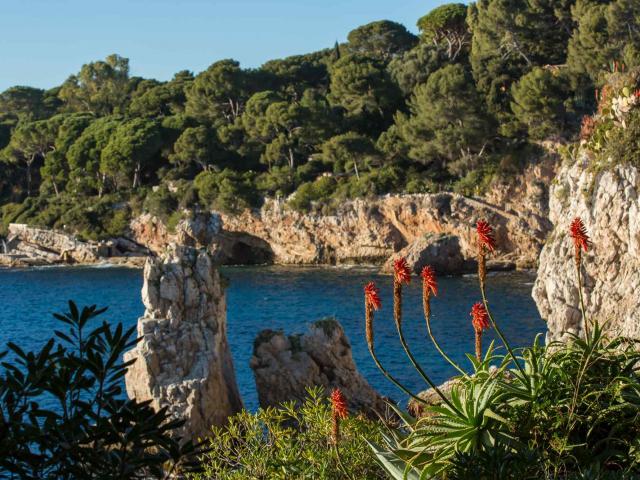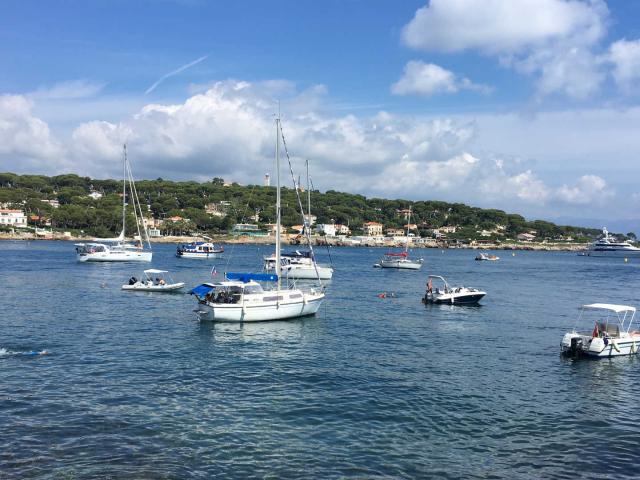Guillaume Musso
The Antibois who has conquered the world with his writing
He has been the most-read author in France for 20 years. His thrillers and suspense novels have been adapted several times for the cinema and series, translated into around fifty languages and 35 million copies have been sold. Guillaume Musso is a real literary phenomenon! Before becoming famous, the writer spent his childhood in Antibes, the town where he was born in 1974. His mother managed the town library, and he often went there. He developed a taste for literature and writing at an early age. His first novel Skidamarink (Ed. Anne Carrière and then Calmann-Levy), came out in 2001. But it was the following one, Afterwards…, published in 2004 (XO Editions) that brought him success. The intrigues of several of his books take place on the Côte d’Azur, a place he loves even though he doesn’t live there any more and whose duality he adores: “In people’s imagination, these Mediterranean landscapes represent beauty, the sun and celebrity. But all it takes is for the weather to change and it switches to a much darker atmosphere”. (Interview on France 3 Côte d’Azur).
 Port du fort carré in Antibes, Alpes-Maritimes
Port du fort carré in Antibes, Alpes-Maritimes






















